Sculptures have been a fundamental form of artistic expression for thousands of years. From ancient stone carvings to modern metal masterpieces, they capture human creativity, history and emotions in a three dimensional form. In this article we will explore the world of sculpture including their history types materials techniques and significance in art and culture.
We will also answer common questions related to sculpture and provide detailed tables for better understanding. Additionally we will generate four visually engaging image prompts related to sculptures.
1. Introduction to Sculptures
Sculptures are three dimensional artworks created by shaping, carving, modeling, or assembling materials. They can be realistic or abstract and are used for decoration storytelling, religious purposes, and honoring historical figures.
Throughout history, sculptures have been an essential part of human civilization, reflecting different cultures, beliefs and artistic trends. Today they continue to evolve with new techniques and materials.
2. History of Sculptures
The history of sculpture dates back to prehistoric times when early humans carved figures out of stones, bones, and wood. Over the centuries sculpture styles have evolved significantly.
Historical Evolution of Sculpture
| Period | Characteristics | Famous Examples |
|---|---|---|
| Prehistoric | Small figurines, simple carvings | Venus of Willendorf |
| Ancient Egypt | Monumental sculptures, symbolic | Sphinx of Giza |
| Greek and Roman | Realism, idealized human forms | Statue of Zeus, Laocoön and His Sons |
| Medieval | Religious themes, Gothic style | Cathedral Gargoyles |
| Renaissance | Classical influence, human anatomy | Michelangelo’s David |
| Modern Era | Abstract, experimental materials | Henry Moore’s Reclining Figures |
Each era contributed to the development of sculpture introducing new techniques and styles.
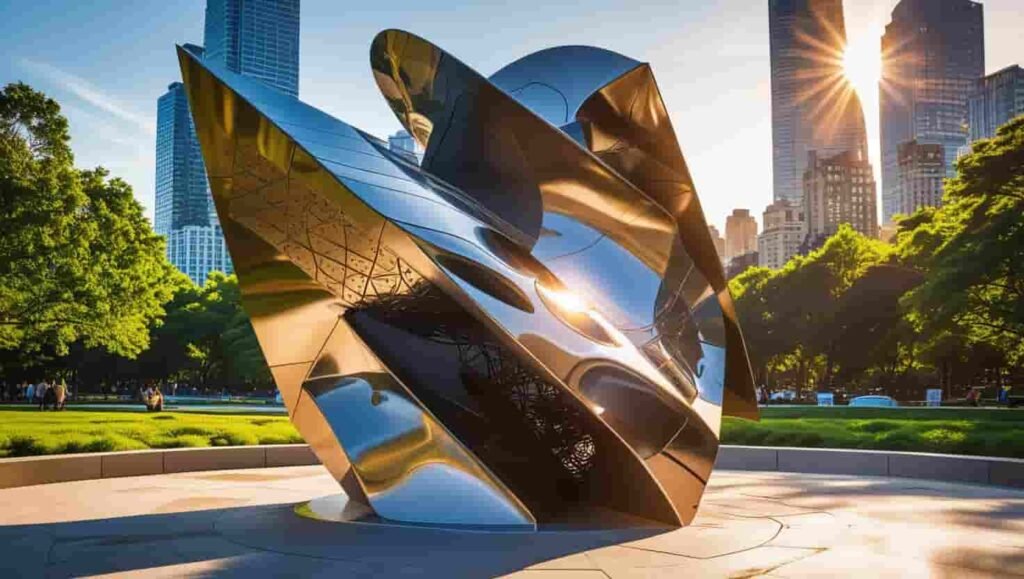
3. Types of Sculptures
Sculpture come in various forms and styles. Here are some common types:
Based on Technique of Sculpture
- Carved Sculpture – Created by removing material from a solid block (e.g marble, wood).
- Modeled Sculpture – Shaped by adding material like clay or wax.
- Cast Sculpture – Made by pouring liquid material into a mold (e.g bronze casting).
- Assembled Sculpture– Constructed by joining different pieces together (e.g metal and mixed media sculptures).
Based on Style of Sculptures
- Relief Sculpture – Attached to a background surface (e.g basrelief high relief).
- Freestanding Sculpture – Viewable from all angles (e.g statues).
- Kinetic Sculpture – Moveable parts that change with wind or motors.
- Abstract Sculpture – Focus on shapes colors and ideas rather than realism.
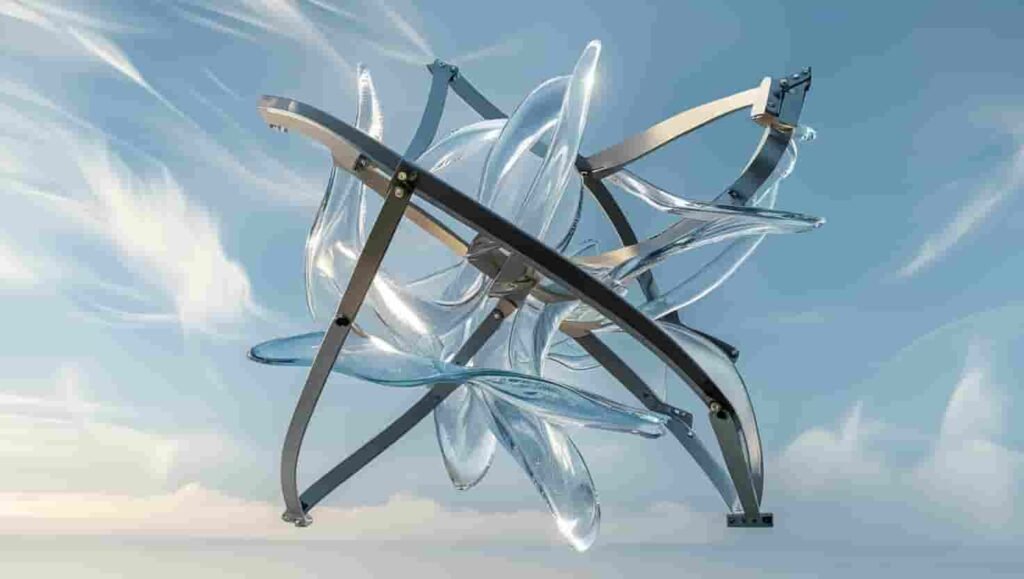
4. Materials Used in Sculptures
Sculptore use a wide range of materials to bring their ideas to life. The choice of material affects the durability appearance and style of the artwork.
Common Materials Used in Sculptures
| Material | Characteristics | Examples |
|---|---|---|
| Stone | Durable, used for carving | Michelangelo’s David |
| Metal | Can be cast, welded, or assembled | Bronze statues |
| Wood | Organic, easy to carve | African tribal sculptures |
| Clay | Soft, moldable, used in pottery | Terracotta Army |
| Glass | Fragile but visually stunning | Glass-blown sculptures |
| Plaster | Lightweight, often used for models | Greek plaster casts |
Each material brings unique qualities to the sculpture, influencing its artistic value.
5. Techniques of Sculptures Making
Sculpture making involves various techniques that artists use depending on their style and medium.
Major Techniques Used in Sculpting
- Carving – Chiseling away material (e.g marble, wood).
- Modeling – Shaping soft materials like clay or wax.
- Casting – Pouring liquid metal or plaster into a mold.
- Assembling – Joining different elements to create a sculpture.
- Welding – Used for metal sculptures by fusing parts together.
Each technique requires precision, creativity, and expertise.
6. Famous Sculptors and Their Works
Many sculptor have left a lasting impact on the art world.
Notable Sculptors in History
| Sculptor | Famous Work | Era |
|---|---|---|
| Michelangelo | David, Pietà | Renaissance |
| Auguste Rodin | The Thinker | 19th Century |
| Henry Moore | Reclining Figures | Modern |
| Donatello | Saint George | Renaissance |
| Alexander Calder | Kinetic Sculptures | Contemporary |
Their works continue to inspire artists today.
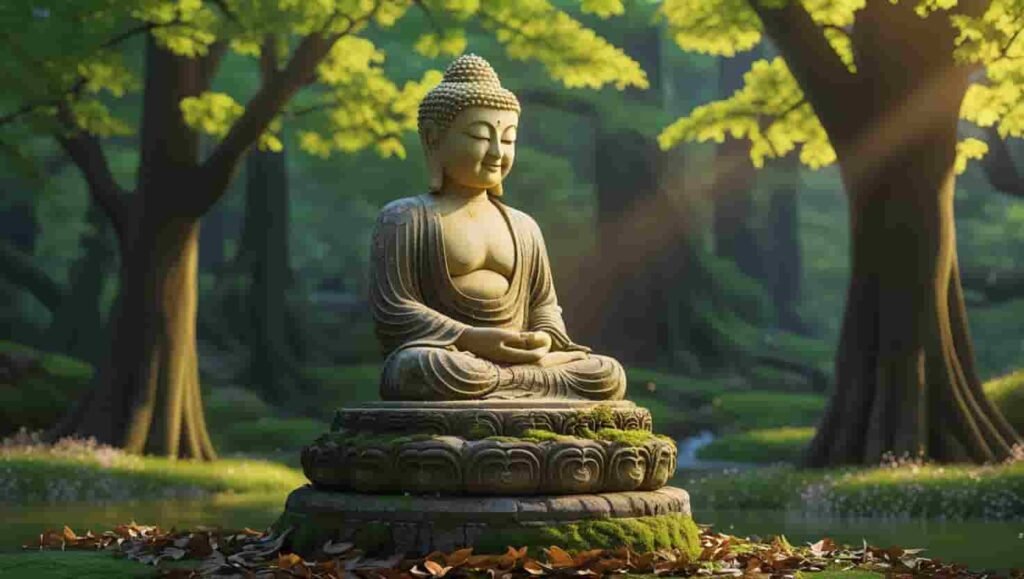
7. Importance of Sculpture in Culture and Society
Sculpture serve multiple purposes including:
- Historical Representation – Many sculptures depict historical events and figures.
- Religious Significance – Temples and churches feature sculpture of deities and saints.
- Public Art – Cities use sculpture to enhance public spaces.
- Symbolism – They represent cultural and political ideologies.
8. Evolution of Modern Sculptures
Modern sculpture experiment with new forms, materials and themes. Many artists incorporate technology, light and interactive elements into their works.
9. How to Make a Sculptures?
Step-by-Step Guide
- Choose a Material – Decide on stone, wood, clay, or metal.
- Sketch Your Design – Draw a blueprint of the sculpture.
- Use Proper Tools – Chisels, knives, welding tools, or molds.
- Refine Details – Smooth surfaces and add textures.
- Final Touches – Paint, polish, or install in a setting.
Making sculptures requires patience and skill but it is a rewarding art form.
10. FAQs
Q2: What is the largest sculpture in the world?
A: The Spring Temple Buddha in China is the tallest statue, standing at 153 meters.
11. Conclusion
Sculpture are one of the most expressive and enduring forms of art. From ancient carvings to modern abstract installations, they continue to inspire provoke thought, and decorate our world. The evolution of sculpture reflects human history creativity, and innovation, ensuring its relevance in contemporary art and culture.

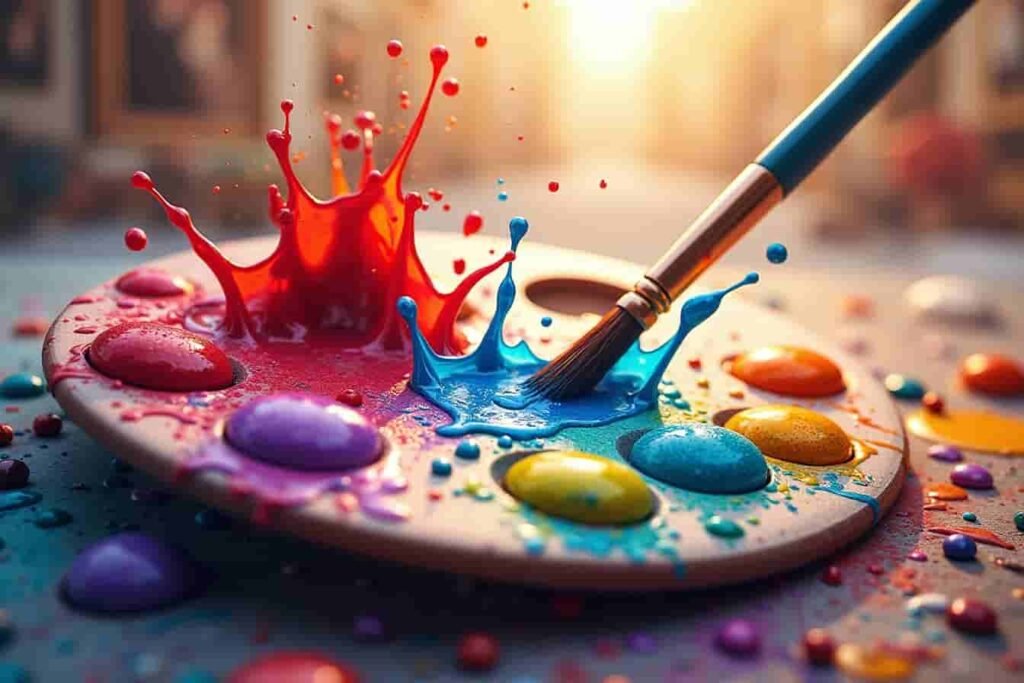
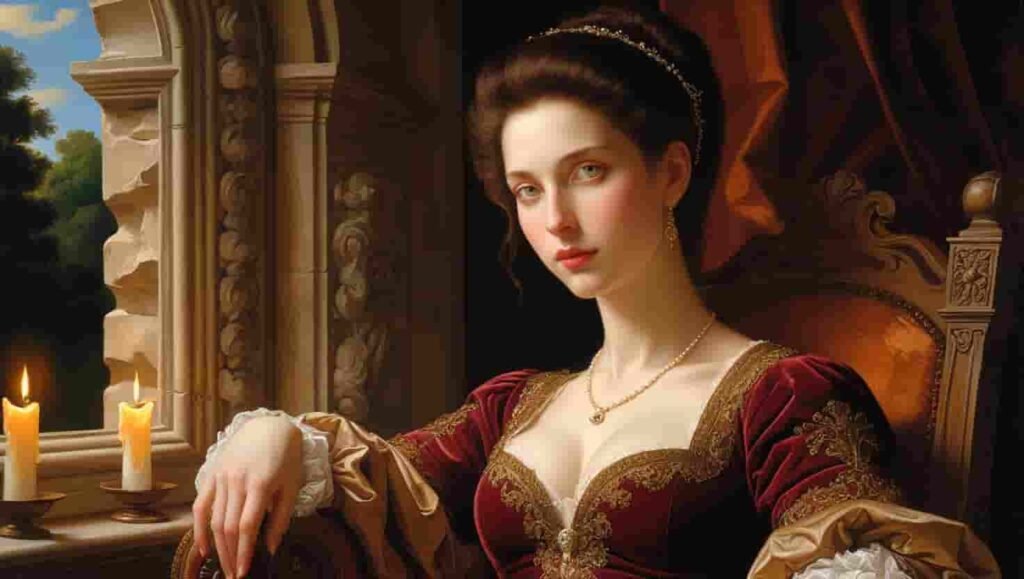

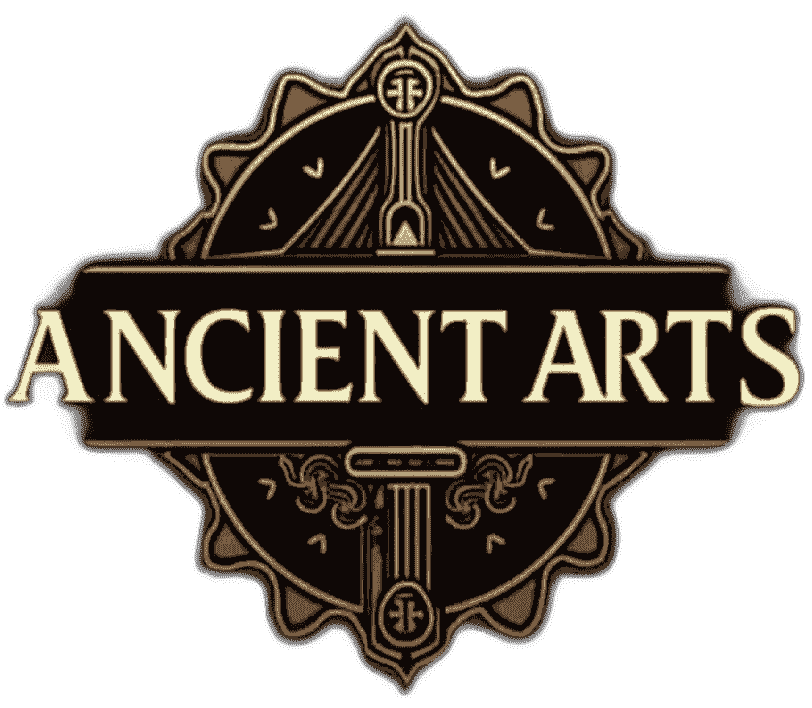
Pingback: Arts
Pingback: Roman Arts | Ancient Roman Art | Roman Art
Pingback: walters cultural arts center | la plaza de cultura y artes
Pingback: Autry Museum of the American West
Pingback: Ancient Egyptian Art | Egyptian Art